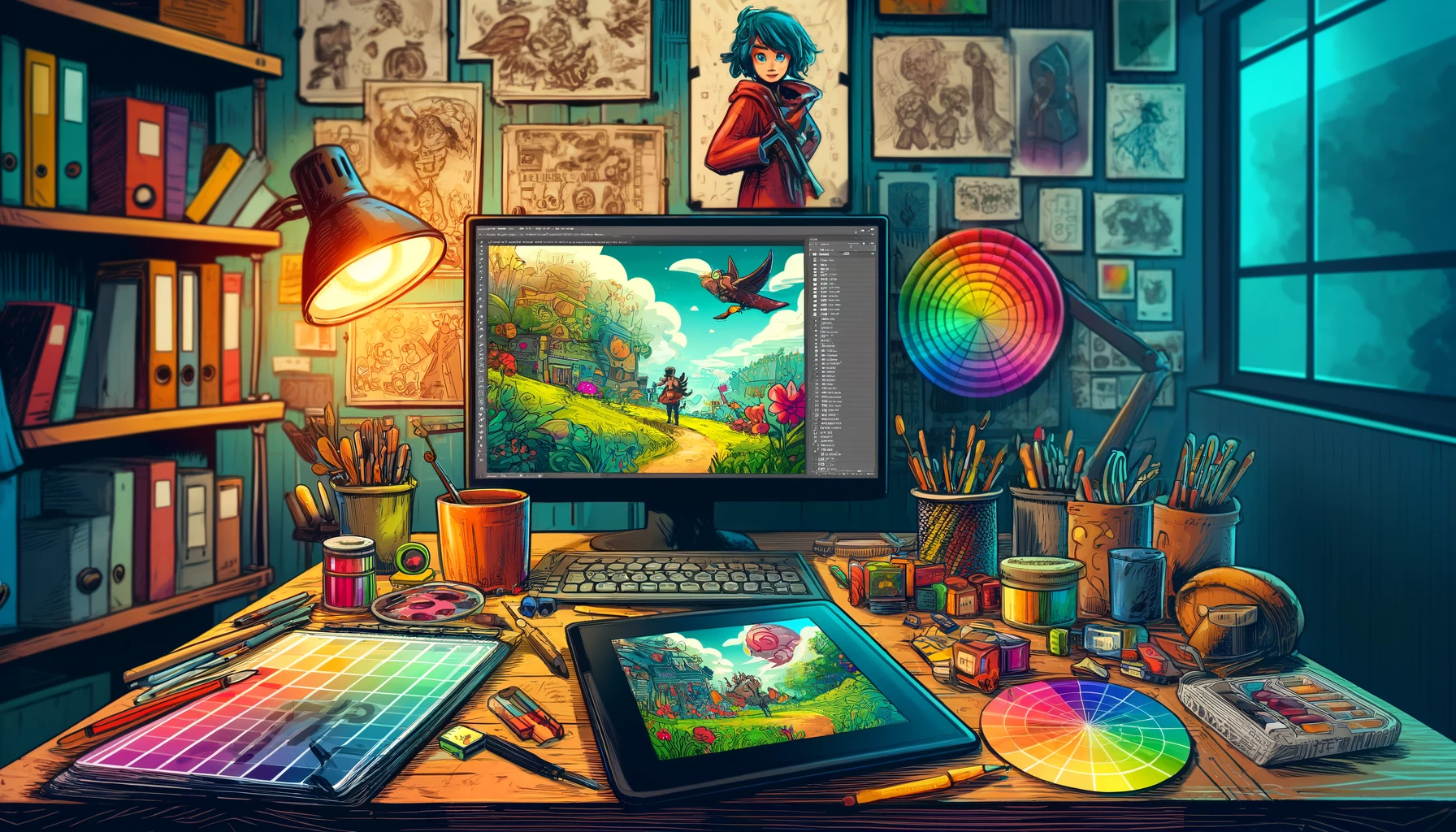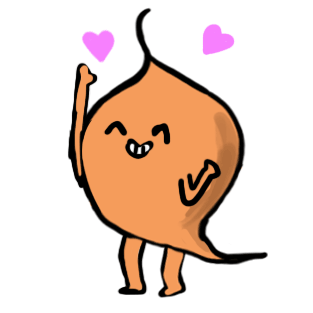Art in games is more than just visuals—it’s a storytelling tool, a mood setter, and an essential part of player immersion. Whether pixel art, 3D models, or hand-drawn illustrations, the art style defines a game’s identity and atmosphere.
One of the biggest challenges in game art is maintaining consistency. Every asset, from characters to backgrounds, must fit within the game’s aesthetic and feel cohesive. This requires careful planning, strong art direction, and detailed style guides. Creating a color palette, defining a lighting approach, and keeping a unified shape language help tie the world together visually.
Another key aspect is conveying emotion through design. Color palettes, lighting, and animation all influence how players perceive a world. A bright, vibrant style might evoke feelings of excitement and adventure, while a darker, muted palette can create tension and mystery. For example, a lush green landscape might signify safety, whereas a red-hued battlefield might indicate danger.
Animation and visual storytelling are crucial to making characters and environments feel alive. Subtle movements, such as a flickering torch, a character’s idle animation, or leaves rustling in the wind, add depth and realism. Expressive character animations also help convey personality—whether it’s a heroic stance or a goofy run cycle, movement brings the game’s world to life.
Finally, performance optimization is crucial, especially for indie games. Striking a balance between beautiful visuals and smooth gameplay ensures that players can enjoy the experience without technical issues. This means optimizing sprite sheets, reducing unnecessary effects, and making sure assets are lightweight enough to maintain performance across different hardware.
We’ll be sharing more insights into our artistic process, from concept sketches to final assets, so stay tuned for more behind-the-scenes content!

